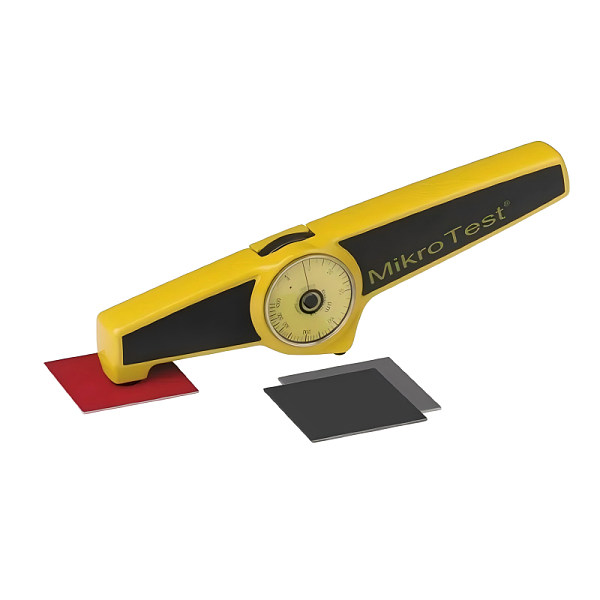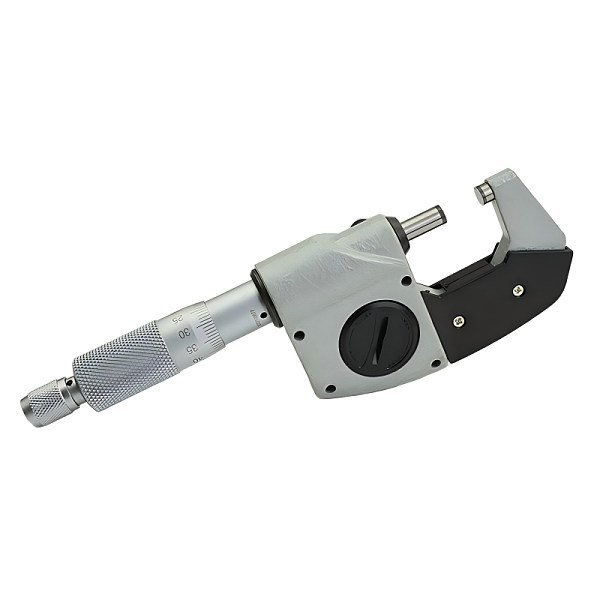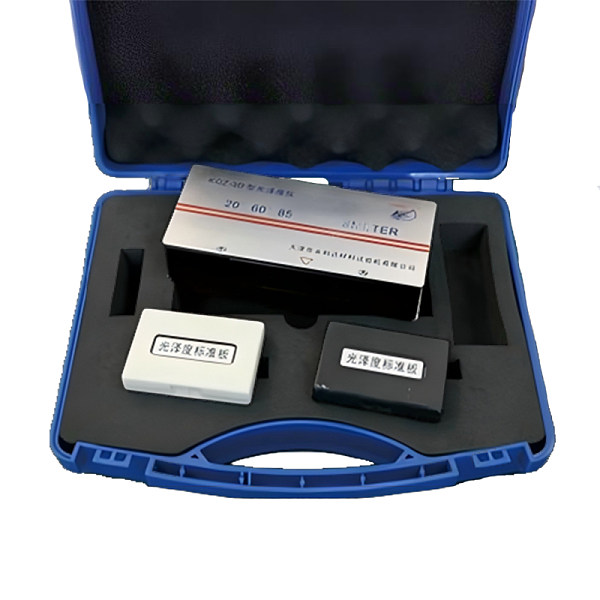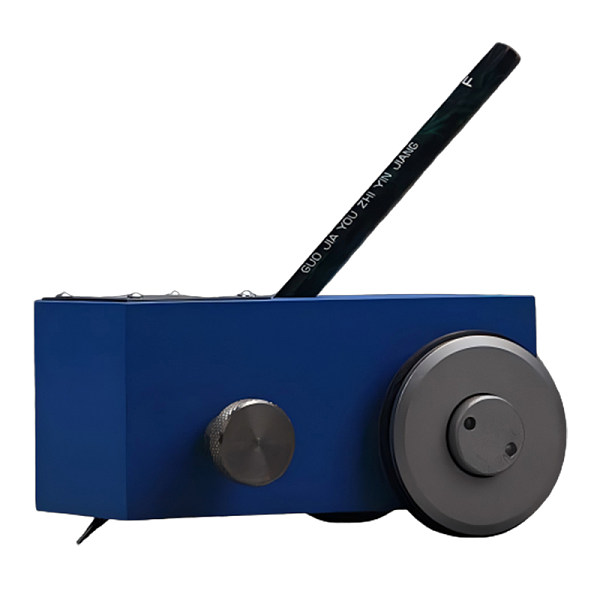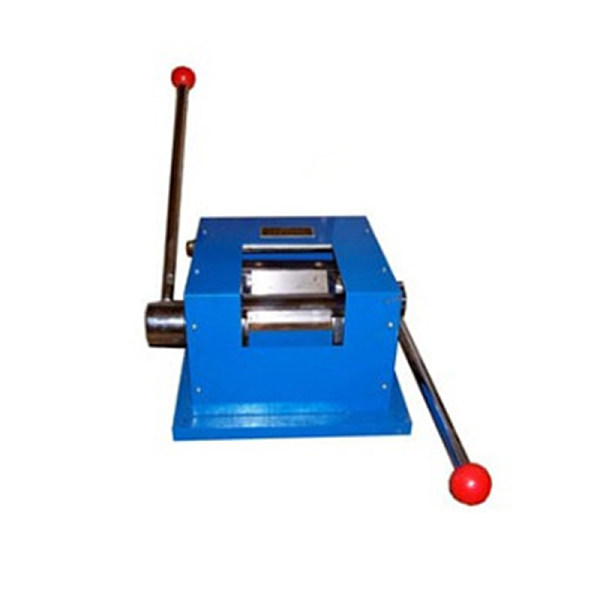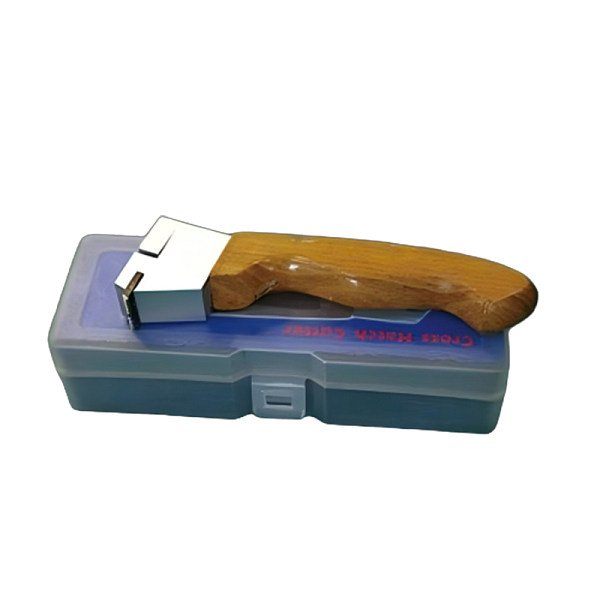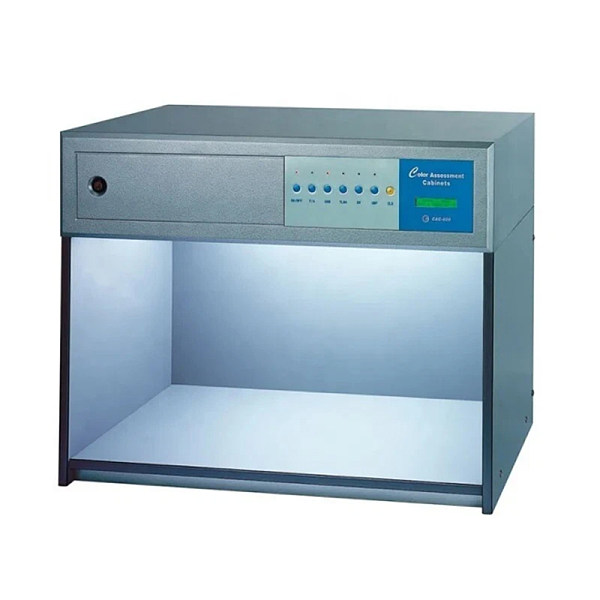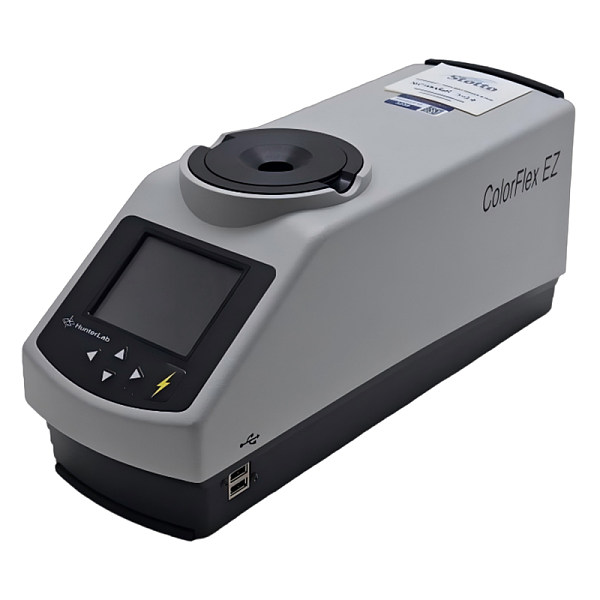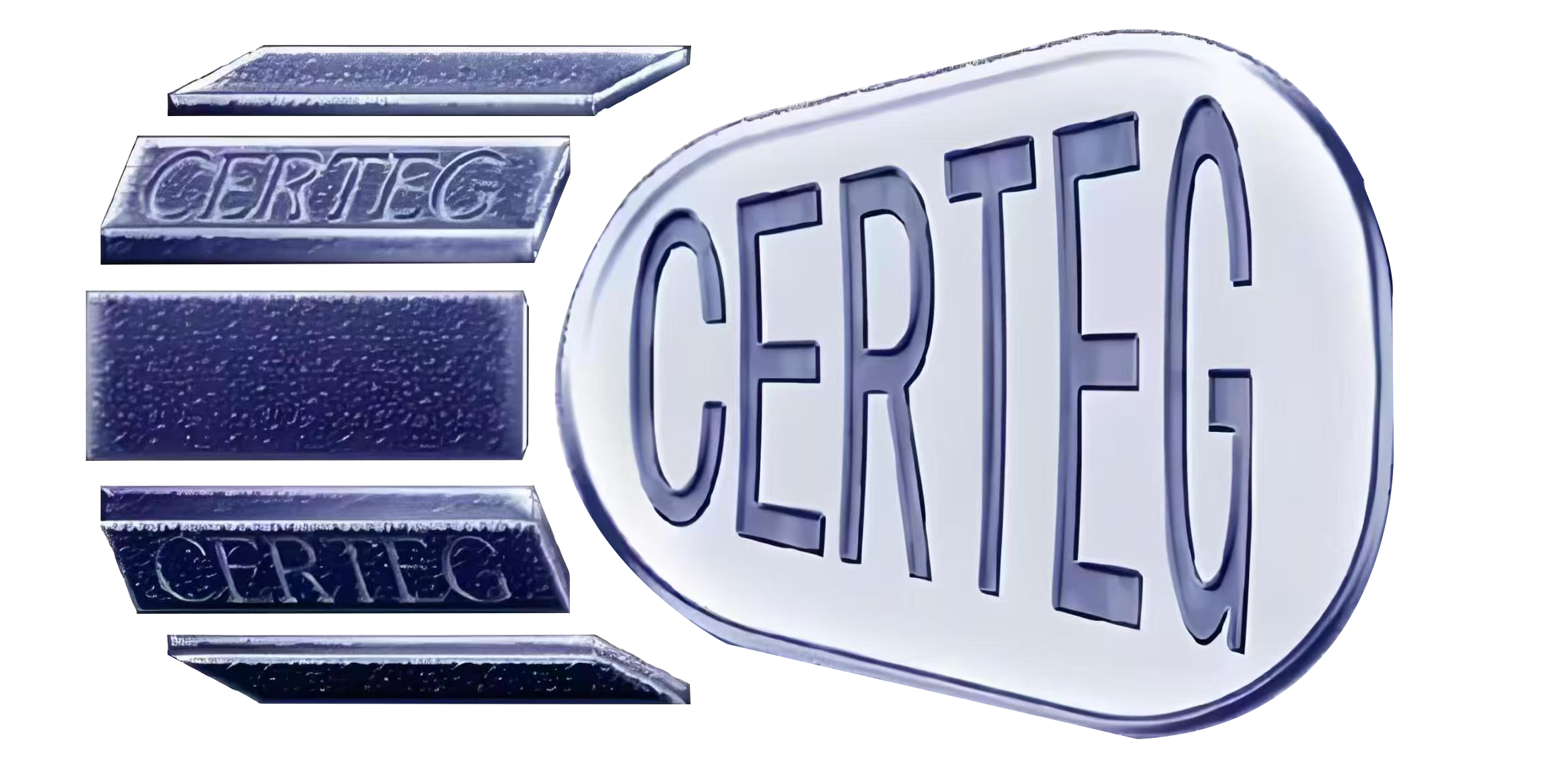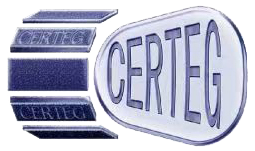
CERTEG NEW MATERIAL (SHANDONG) CO.,LTD
SHANDONG CERTEG INTERNATIONAL CO.,LTD
ZHEJIANG CERTEG INTERNATIONAL CO.,LTD
Phone:
Email:
WhatsApp:



Production centers on steel billets as the core raw material, which are heated and rolled through specialized rolling mills, often leaving an oxide scale on the surface. Characterized by structural stability and ease of assembly, angle steel efficiently transfers loads. It is widely used in support and connection applications such as building steel structure supports, mechanical frames, and curtain wall studs, serving as a common structural component in industrial and infrastructure projects.
Angle Steel Production Line
The angle steel production line uses steel billets as raw material, with its core process being the rolling of an “L”-shaped cross-section through specialized roll grooves. The workflow is streamlined and efficient:
Billet Heating: Billets are fed into a heating furnace and elevated to 1100-1250°C to achieve optimal plasticity;
Rolling and forming: The heated billets undergo initial rolling in the roughing mill before entering the finishing mill equipped with specialized “L”-shaped dies—symmetrical dies for equal-leg angles and asymmetrical dies for unequal-leg angles. Multiple rolling passes precisely form the “L” cross-section;
Post-processing: Post-rolling angle steel undergoes cooling and straightening to ensure dimensional accuracy, followed by cut-to-length shearing as required. Finally, it passes cross-section inspection and mechanical property testing to become qualified finished products suitable for support and connection applications in construction, machinery, and other fields.
Angle Steel
299980
+
Annual Output (tons)
49980
+
Total Land Area (㎡)
0
+
Exporting Countries
0
million
Annual Export Value ($)
About Packing Details
1.Bundling: Angle steel of the same specification is bundled into tight, neat units. Multiple high-tensile steel straps are used to secure the bundle, preventing it from coming apart during loading, unloading, and transit. Spacers can be placed where the straps contact the steel to prevent surface scratching.
2.Moisture and Rust Prevention: For steel with anti-rust requirements, an anti-rust oil can be applied to the surface. The entire steel bundle is then wrapped in waterproof kraft paper or plastic woven fabric to protect it from humid air and rain.
3.Palletizing or Blocking: The strapped steel bundles are placed on wooden skids or sturdy wooden pallets. This keeps the steel off the ground, preventing moisture damage, and facilitates forklift handling.
4.Marking and Shipping: A clear shipping mark is affixed to the outside of the package, indicating product specifications, quantity, and batch information. The packaged steel bundles are then loaded into containers or shipped as bulk cargo.
Get real-time quotes
Interested? Leave your contact details.
